Picture this: you’re walking through a forest when you notice a caterpillar moving strangely, its body bulging with mysterious lumps beneath its skin. What you’re witnessing is one of nature’s most spine-chilling survival strategies unfolding in real time. Inside that caterpillar, dozens of tiny parasites are growing, feeding, and preparing for their dramatic emergence. This isn’t science fiction – it’s the horrifying reality of parasitoid wasps, insects that have perfected the art of living inside their hosts before making a deadly exit.
The Horror Movie of the Insect World
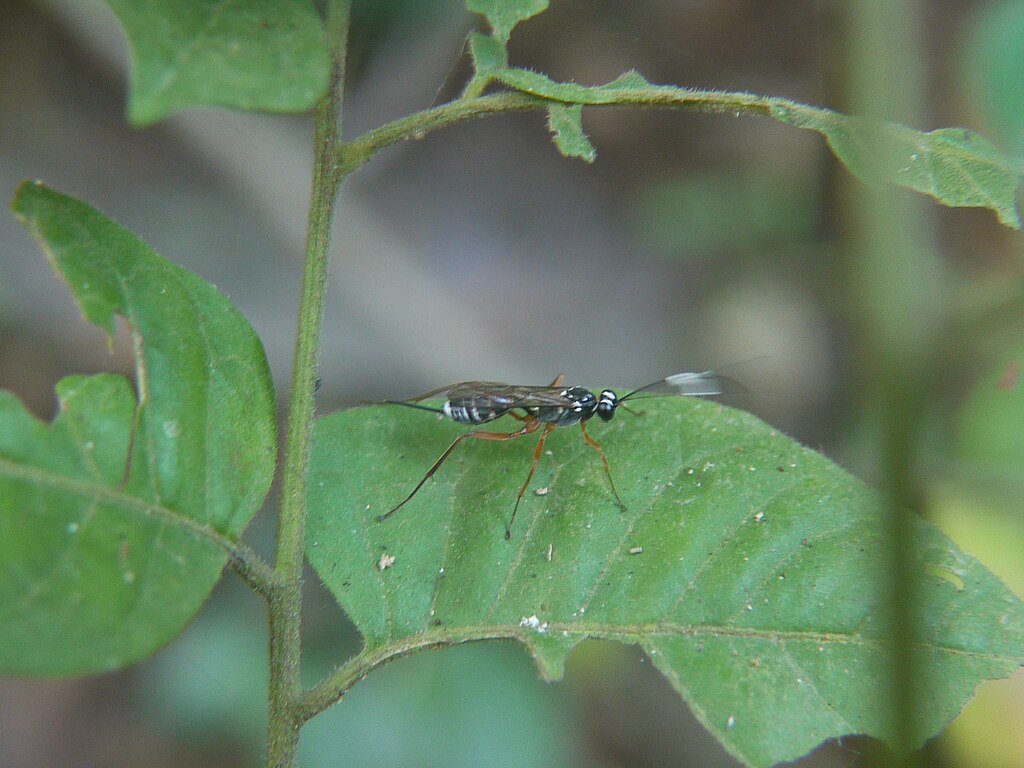
Parasitoid wasps represent nature’s most diabolical masterpiece, turning the concept of pregnancy on its head in the most disturbing way possible. These microscopic assassins inject their eggs directly into living hosts, transforming unsuspecting insects into walking nurseries for their offspring. Unlike typical parasites that keep their hosts alive indefinitely, parasitoids follow a more sinister script. They allow their victims to continue their daily routines while tiny larvae feast on their internal organs, carefully avoiding vital systems to keep the host functional. The host becomes a zombie-like creature, alive but doomed, carrying its own executioners within.
The Injection Process That Seals the Victim’s Fate
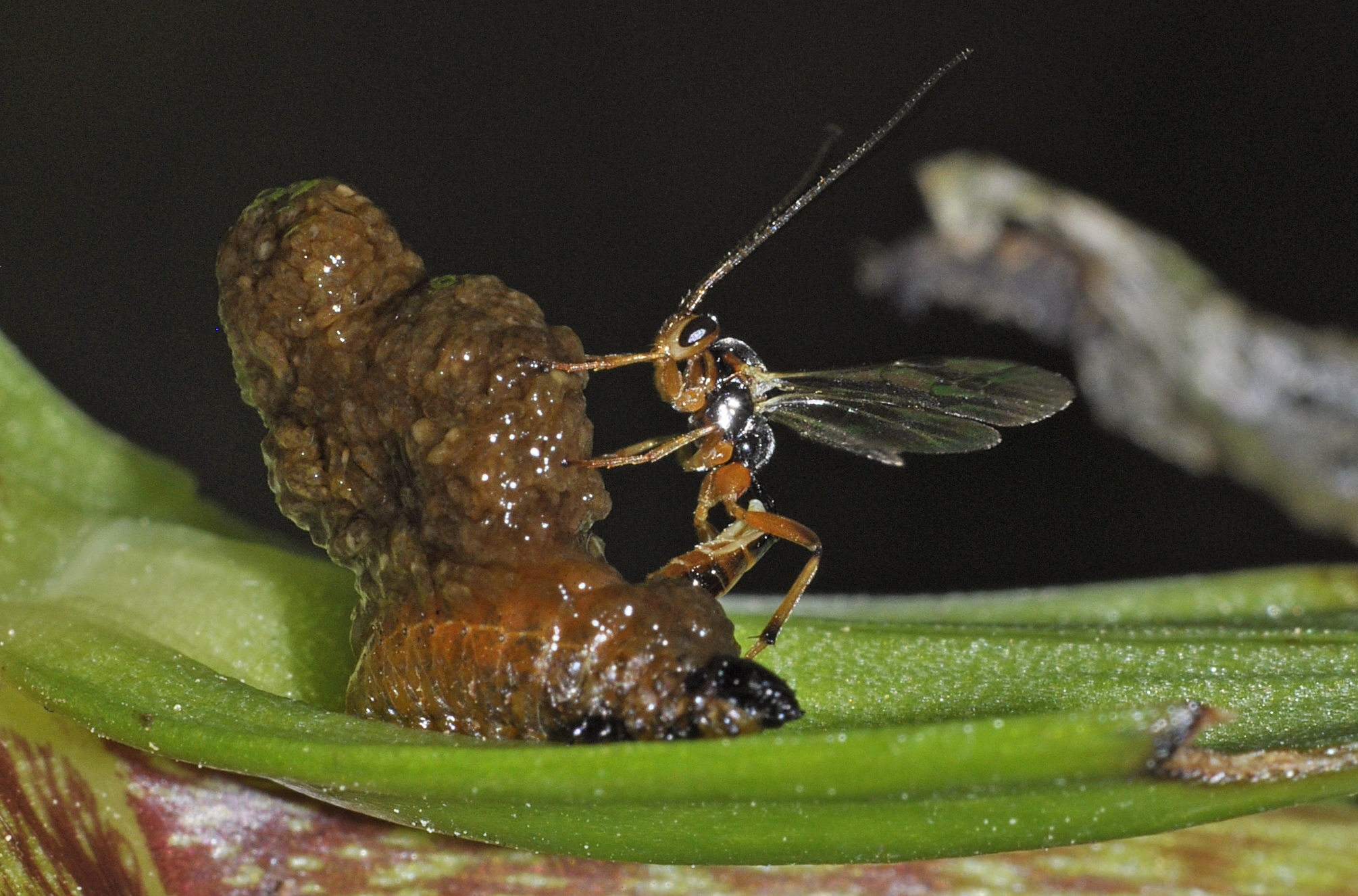
The attack begins with surgical precision that would make any doctor envious. Female parasitoid wasps possess specialized egg-laying organs called ovipositors, which function like hypodermic needles designed by nature’s cruelest architect. These needle-like appendages can penetrate even the toughest insect exoskeletons with ease. When a wasp identifies its target, it positions itself carefully and drives its ovipositor deep into the host’s body cavity. The process takes mere seconds, but it’s incredibly precise – the wasp must place its eggs in exactly the right location to ensure her offspring’s survival. Some species can inject up to 200 eggs in a single attack, turning their victim into a living incubator for an entire army of parasites.
Life Inside the Living Prison
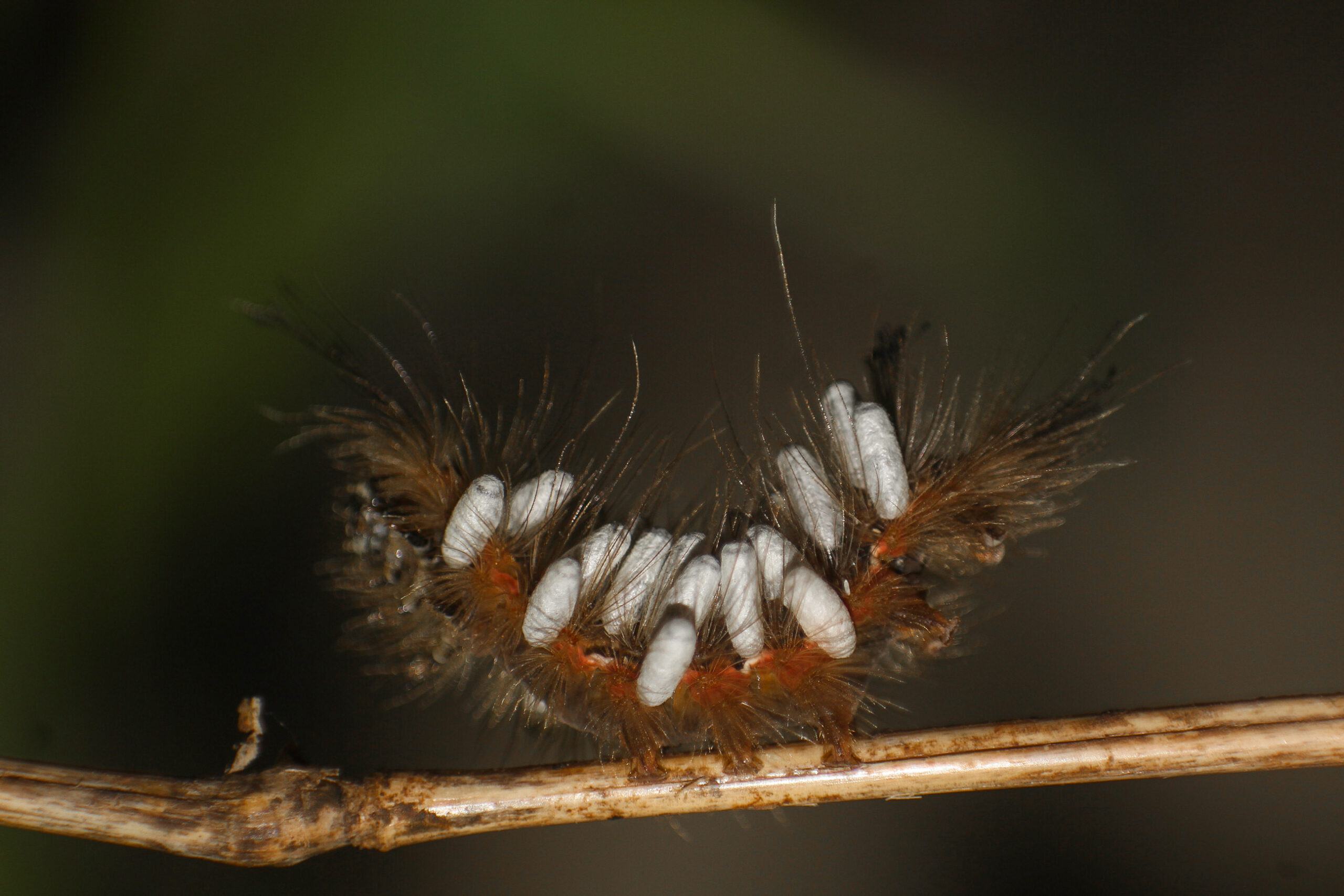
Once inside their host, the parasitoid larvae begin their grotesque development in what can only be described as a biological horror story. These tiny creatures have evolved to be the perfect guests from hell, feeding on their host’s body fluids and tissues while somehow keeping their victim alive. The larvae possess an almost supernatural ability to avoid their host’s immune system, often injecting special chemicals that suppress defensive responses. They feed selectively, consuming non-essential organs first while leaving the heart, brain, and other critical systems intact. Think of it as a twisted form of portion control – they’re saving the best parts for last.
The Chemical Warfare Behind the Scenes
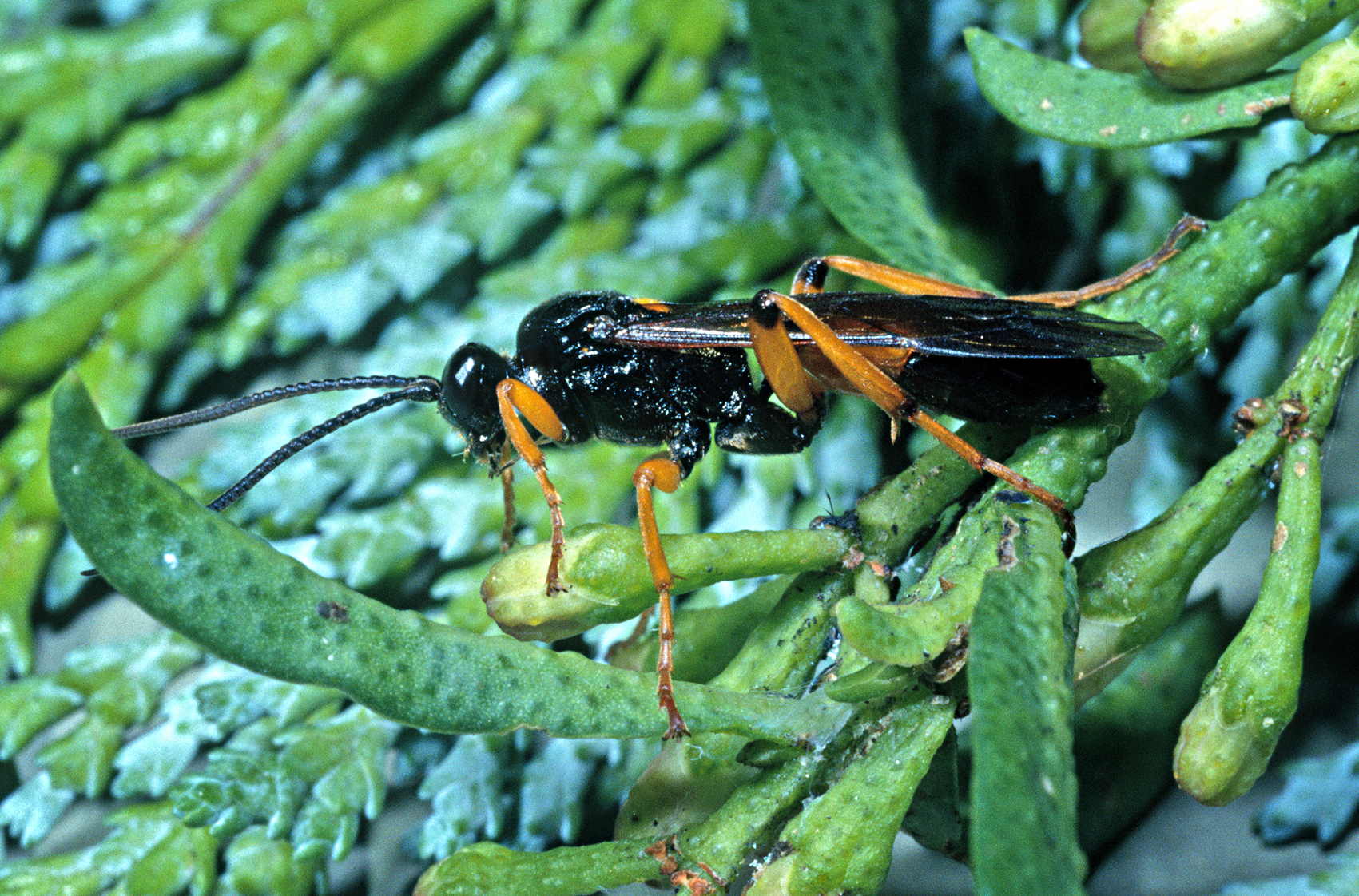
What makes parasitoid wasps truly terrifying isn’t just their lifestyle – it’s their sophisticated chemical arsenal. Many species inject cocktails of viruses, venoms, and immune-suppressing compounds along with their eggs, essentially performing biological warfare at the cellular level. These chemical weapons serve multiple purposes: they paralyze the host just enough to prevent escape, suppress the immune system to protect the developing larvae, and sometimes even alter the host’s behavior to make it more docile. It’s like drugging someone and then using their house as your personal hotel while they’re unconscious.
Mind Control and Behavioral Manipulation
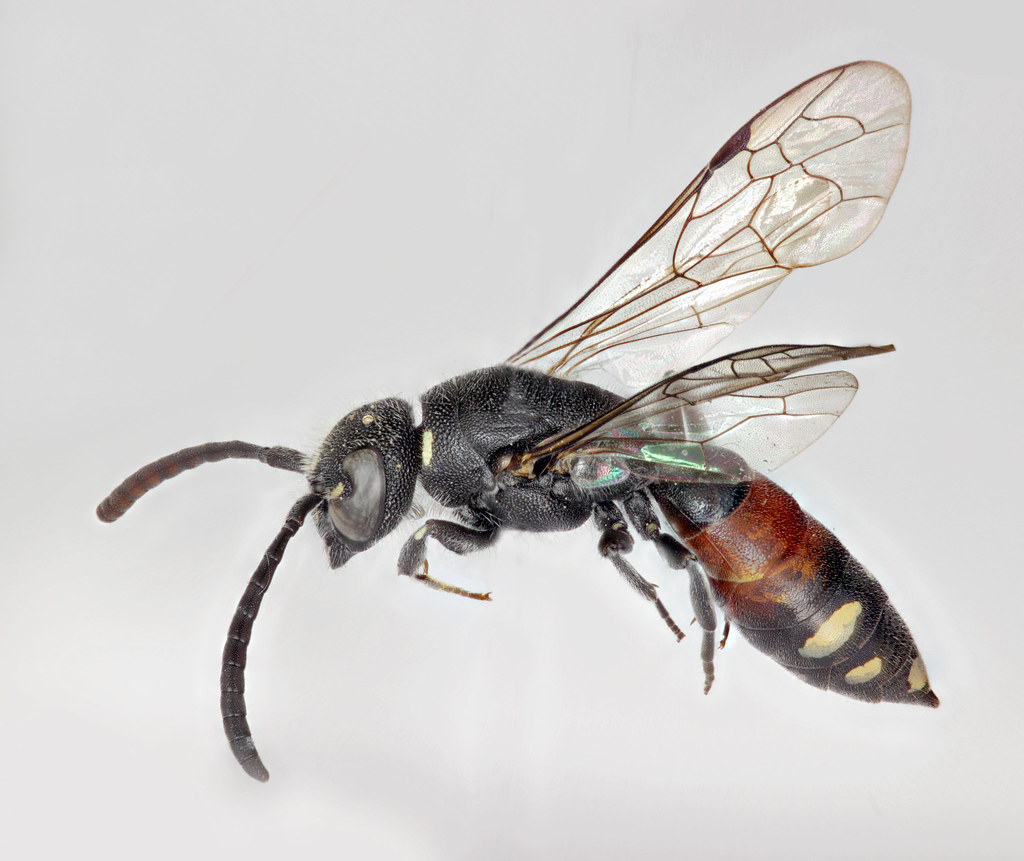
Perhaps the most disturbing aspect of parasitoid behavior is their ability to turn their hosts into mindless servants. Some species don’t just feed on their victims – they literally take control of their brains, forcing infected insects to act against their own survival instincts. Infected caterpillars have been observed climbing to exposed locations where they’re more vulnerable to predators, essentially offering themselves up as sacrificial platforms for their parasites’ emergence. Others stop eating entirely, conserving their energy for the parasites rather than their own survival. It’s biological mind control that would make any science fiction writer jealous.
The Gruesome Emergence Process
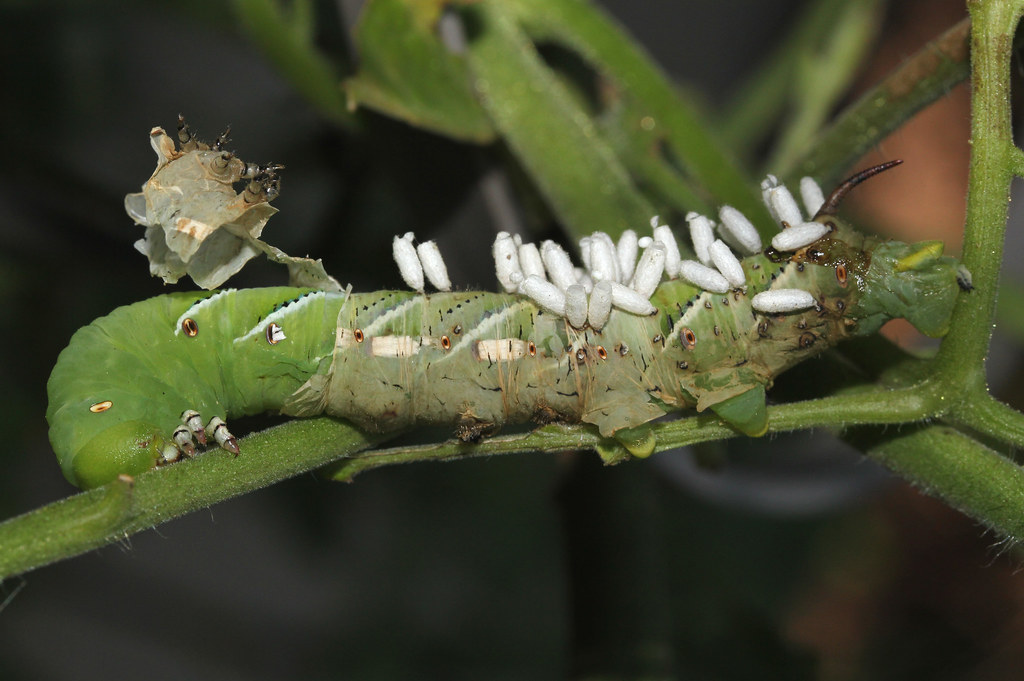
After weeks of silent growth inside their living prison, the parasitoid larvae finally reach maturity and begin their horrifying exodus. The emergence process varies by species, but it’s universally disturbing – imagine something straight out of a horror movie, complete with the victim’s body being used as a launching pad. Some larvae chew their way out through the host’s skin, creating dozens of tiny holes that turn the once-healthy insect into a biological sieve. Others emerge through natural openings, pouring out like a nightmare flood of tiny white worms. The host, weakened by weeks of internal feeding, rarely survives this traumatic birth process.
Different Species, Different Nightmares
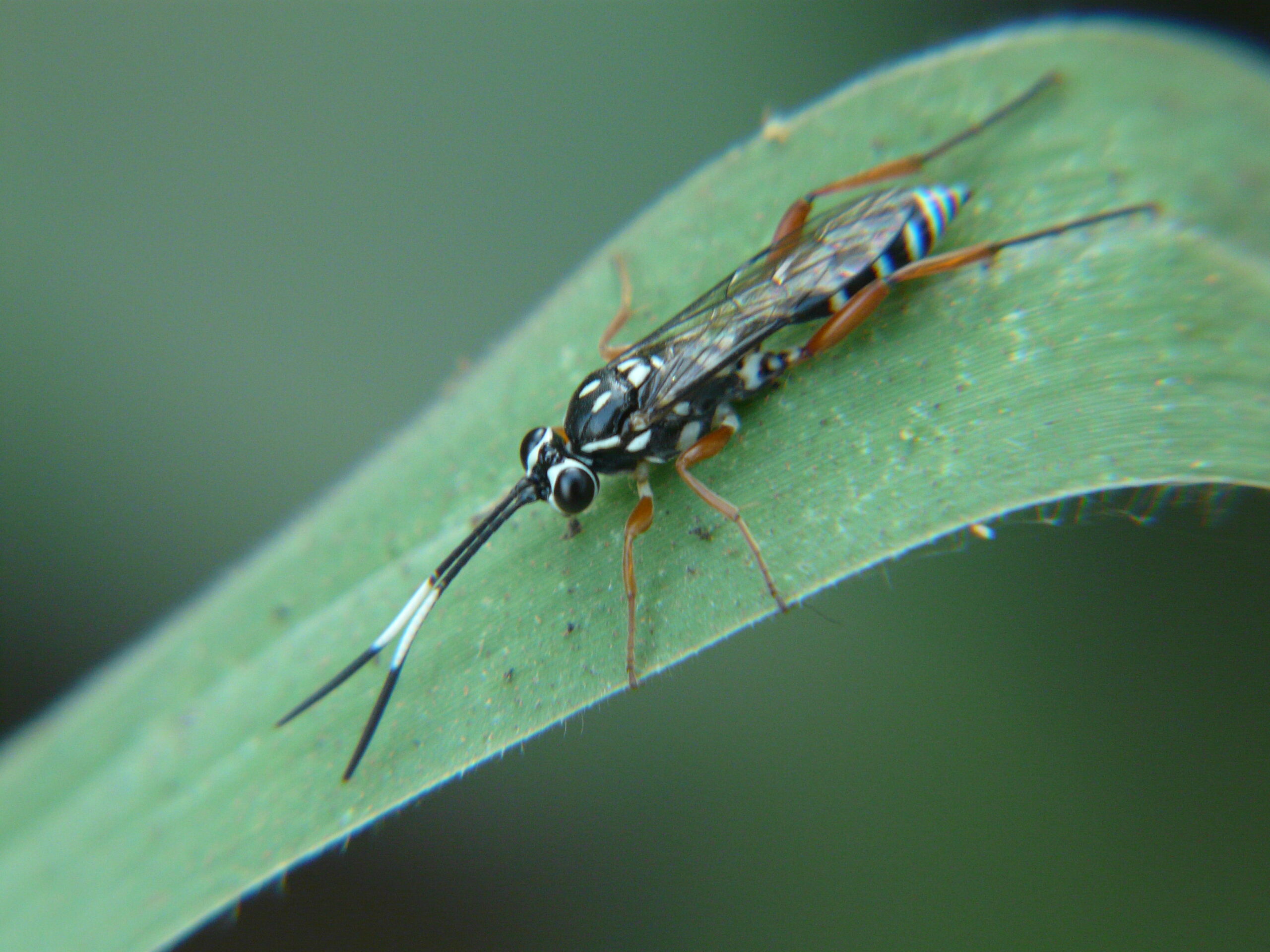
The world of parasitoid wasps is incredibly diverse, with over 100,000 known species, each with its own specialized horror story. Some target specific hosts with laser-like precision, while others are more opportunistic in their choice of victims. The Glyptapanteles wasp deserves special mention for its particularly twisted approach – its larvae emerge from their caterpillar host but leave it alive, then convince the zombified caterpillar to act as their bodyguard while they pupate nearby. It’s like being forced to protect your own murderers after they’ve already begun killing you.
The Ecological Role of These Tiny Terrorists
Despite their horrifying lifestyle, parasitoid wasps play crucial roles in maintaining ecological balance. They’re nature’s population control officers, keeping potential pest species from overwhelming their environments through unchecked reproduction. Agricultural scientists have recognized their value, using parasitoid wasps as biological control agents to manage crop pests without harmful chemicals. It’s a perfect example of fighting fire with fire – or in this case, fighting bugs with even more specialized bugs. These tiny assassins can reduce pest populations by up to 90% in some cases.
Evolutionary Arms Race in Miniature
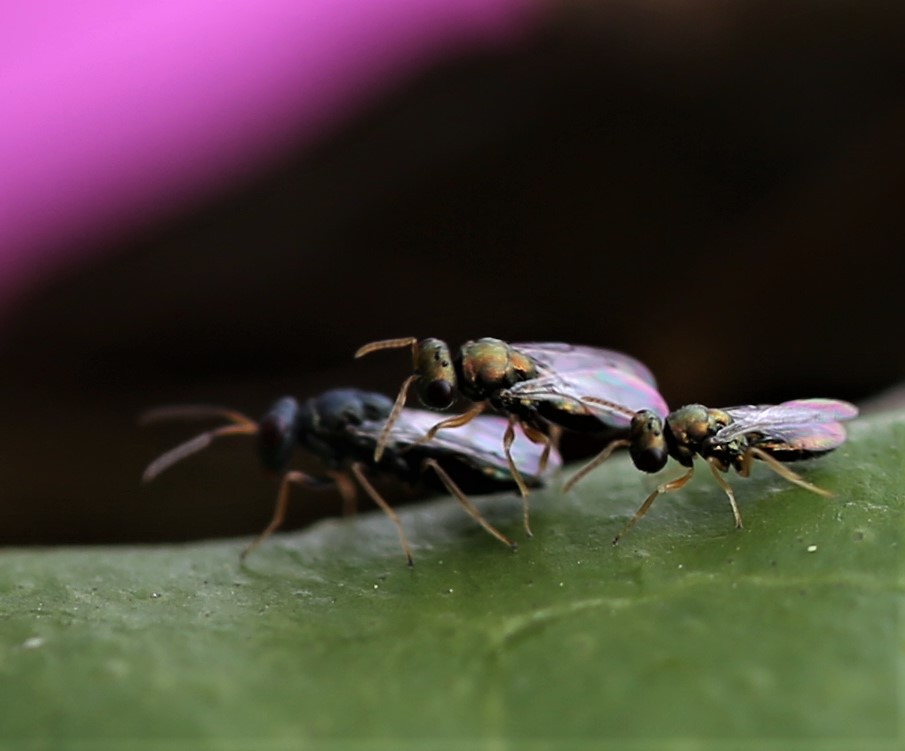
The relationship between parasitoid wasps and their hosts represents one of evolution’s most intense arms races. As parasitoids develop more sophisticated attack strategies, their hosts evolve increasingly complex defense mechanisms in response. Some insects have developed early warning systems, detecting parasitoid eggs and mounting aggressive immune responses to destroy them before they can develop. Others have evolved behavioral adaptations, learning to recognize and avoid areas where parasitoids are likely to hunt. It’s a microscopic war that’s been raging for millions of years.
The Incredible Precision of Host Selection
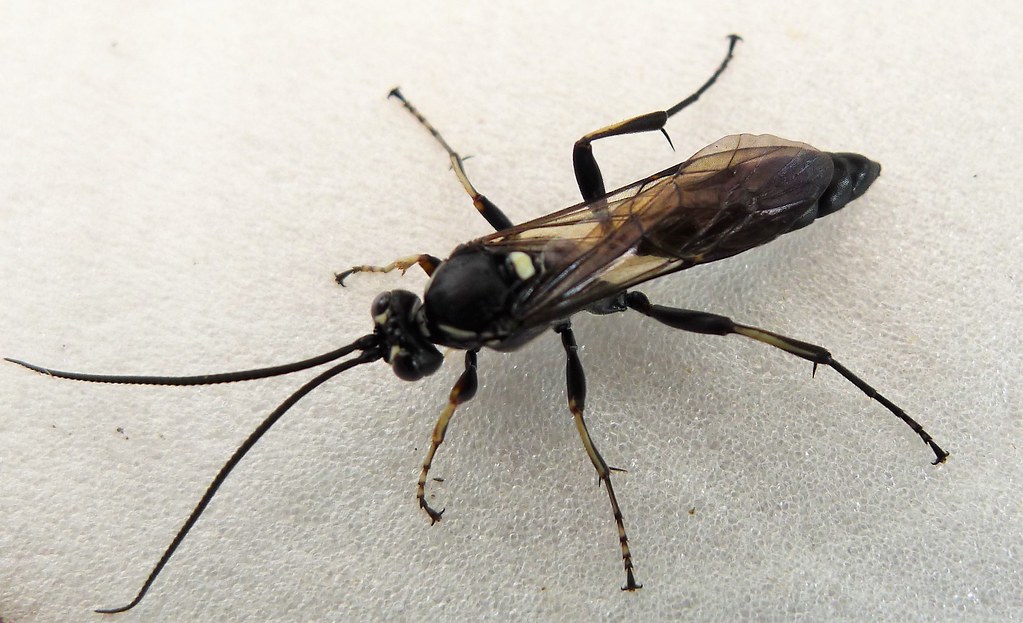
Many parasitoid species have evolved to be incredibly picky about their victims, developing almost supernatural abilities to identify the perfect host. They can detect specific chemical signatures, assess the health and size of potential targets, and even determine whether a host has already been parasitized by competitors. This selectivity isn’t just about finding a suitable nursery – it’s about ensuring their offspring have the best possible chance of survival. Some species can distinguish between different developmental stages of their hosts, timing their attacks to coincide with optimal conditions for egg development.
Size Matters in the Parasite World
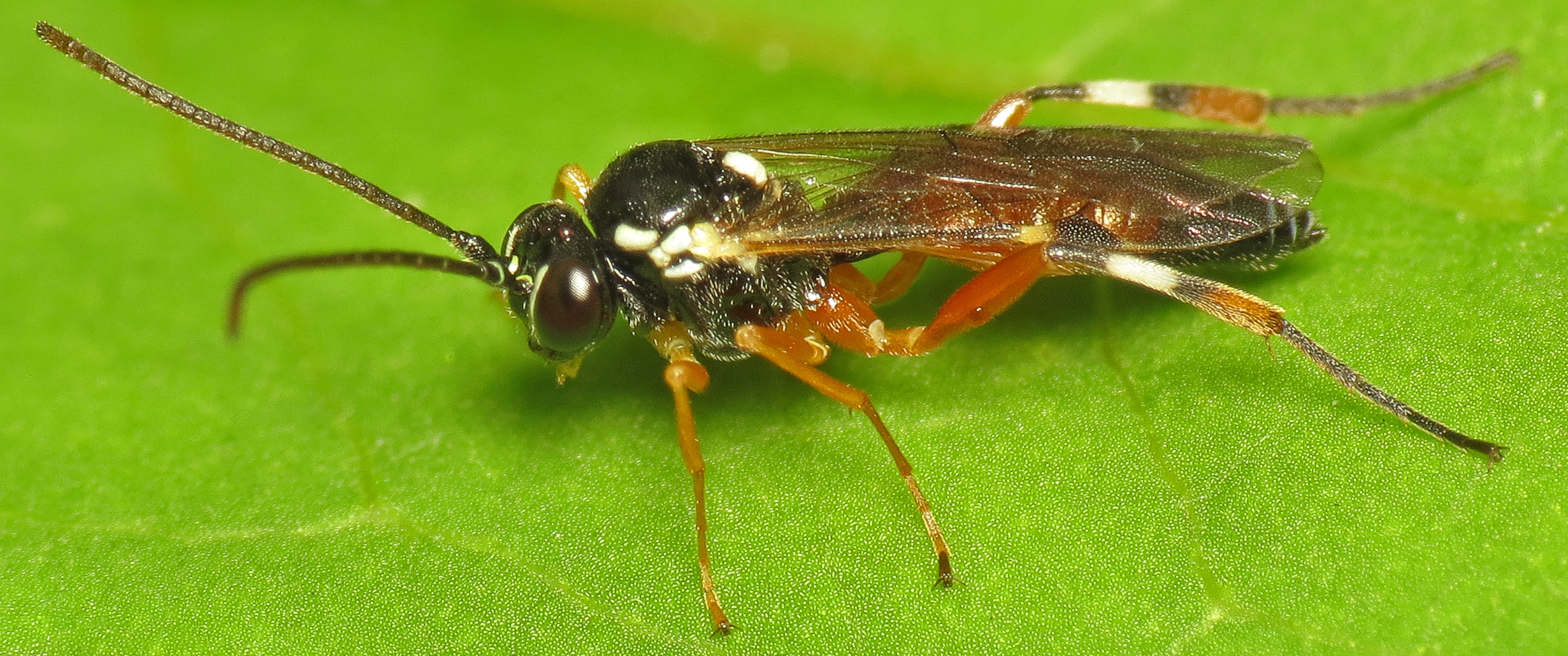
The size relationship between parasitoid wasps and their hosts creates some of nature’s most dramatic David-and-Goliath scenarios. Some of the smallest known wasps, measuring less than a millimeter in length, can successfully parasitize insects hundreds of times their size. These tiny assassins prove that in the insect world, size definitely doesn’t matter – it’s all about strategy, timing, and having the right biological weapons at your disposal. A single microscopic wasp can bring down a caterpillar that could crush it simply by stepping on it, if only the caterpillar knew what was coming.
The Global Impact of Parasitoid Wasps
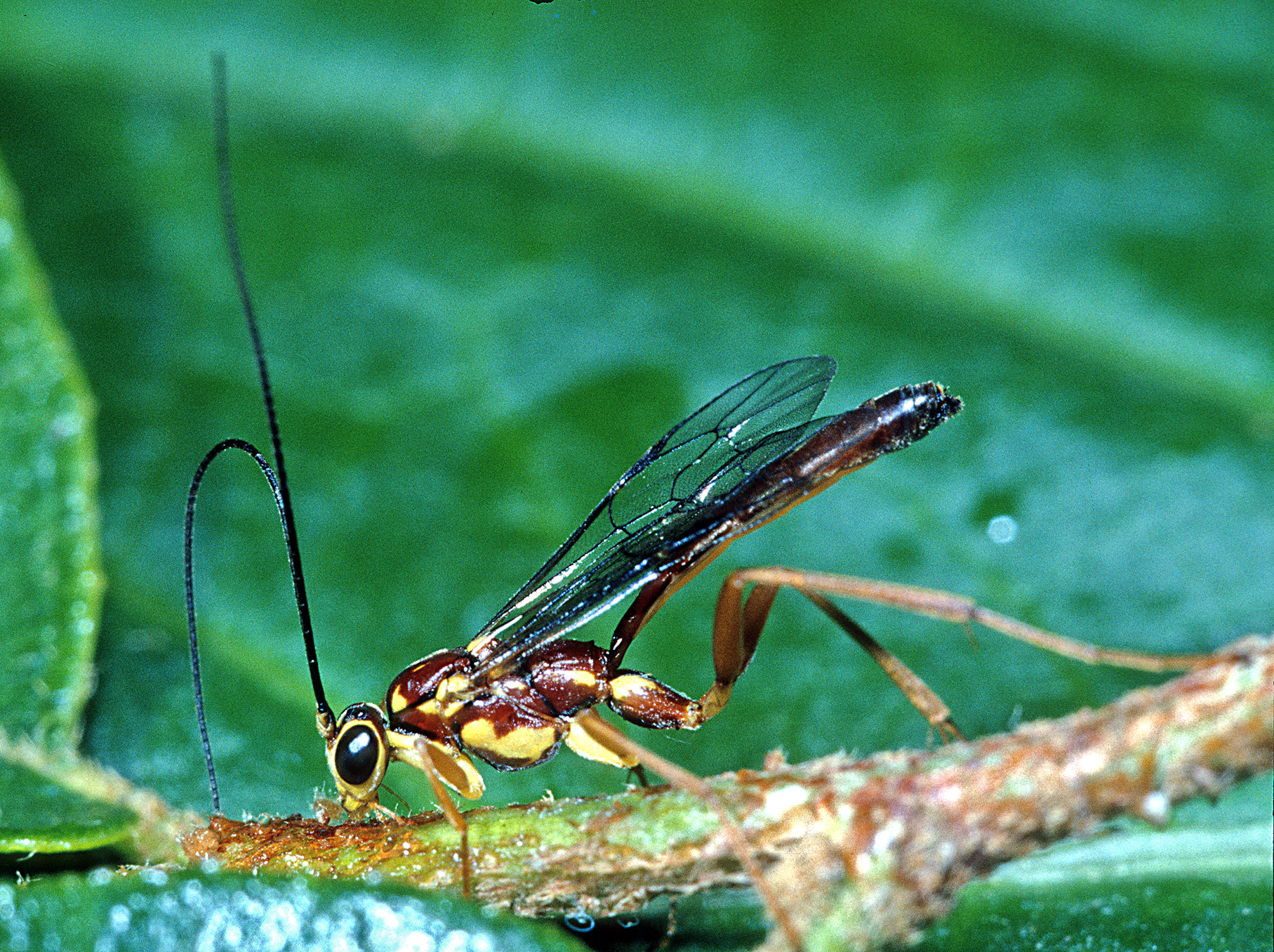
Parasitoid wasps exist on every continent except Antarctica, adapting to environments ranging from tropical rainforests to arctic tundra. Their global distribution and incredible species diversity make them one of the most successful groups of insects on Earth. Scientists estimate that parasitoid wasps may represent up to 20% of all animal species, making them one of the most abundant life forms on the planet. They’re literally everywhere, quietly going about their grisly business in gardens, forests, and even urban environments around the world.
Research and Future Discoveries
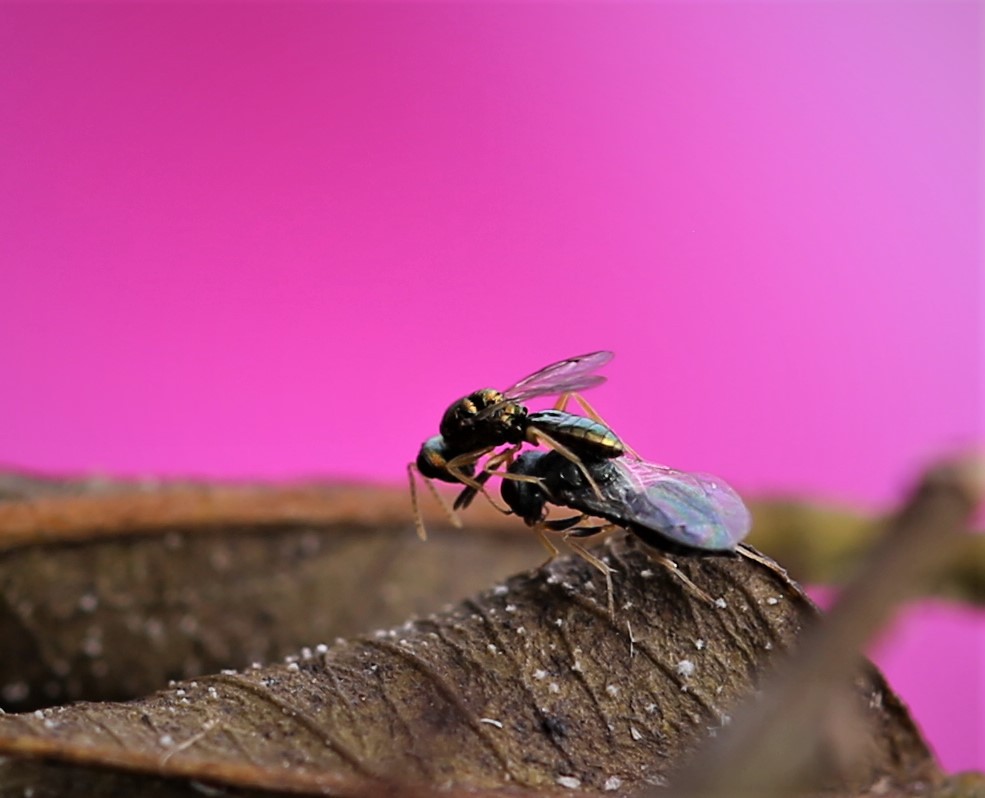
Modern research continues to reveal new and increasingly disturbing details about parasitoid behavior. Advanced imaging techniques now allow scientists to observe the development process in real-time, providing unprecedented insights into these microscopic horror shows. Genetic analysis has revealed that some parasitoid species carry their own parasites – smaller wasps that parasitize the parasitoids themselves, creating mind-bending scenarios where the hunters become the hunted. It’s biological recursion that would make a mathematician’s head spin.
The Psychological Impact on Observers
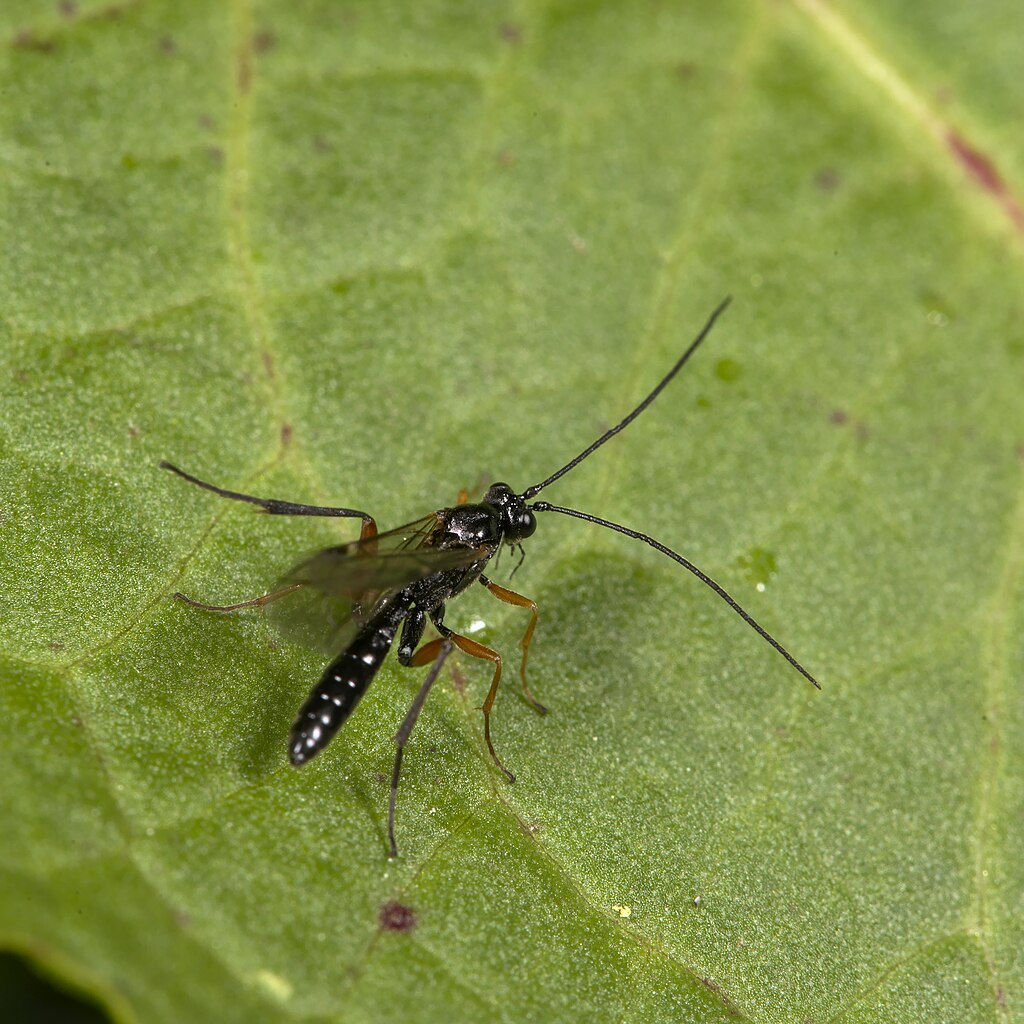
Perhaps what makes parasitoid wasps so fascinating yet disturbing is how they challenge our understanding of natural order. Their lifestyle seems almost designed to trigger our deepest fears about loss of control, bodily invasion, and being consumed from within. Yet studying these creatures provides valuable insights into evolution, ecology, and the incredible diversity of survival strategies that life on Earth has developed. They remind us that nature operates by rules far more complex and sometimes more brutal than we might prefer to acknowledge.
Conservation and Human Interaction
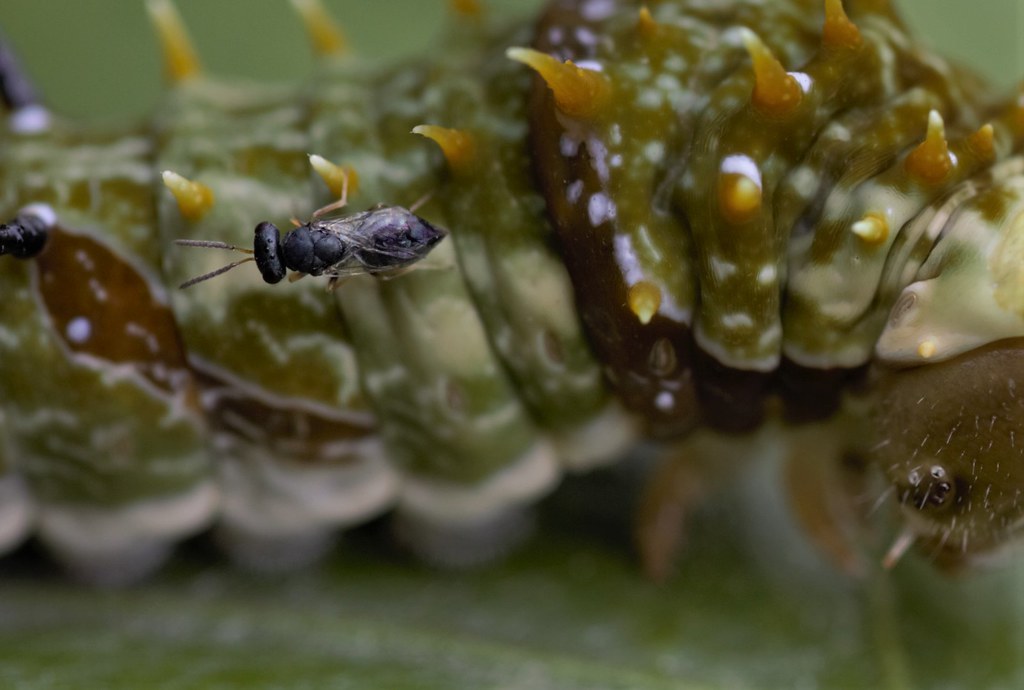
As habitat destruction and climate change alter ecosystems worldwide, parasitoid wasp populations face new challenges. The loss of these tiny predators could have cascading effects on pest control and ecological balance, potentially leading to insect population explosions that could devastate agricultural systems. Understanding and protecting parasitoid wasps isn’t just about preserving fascinating creatures – it’s about maintaining the delicate balance that keeps our ecosystems functioning. These microscopic monsters might be humanity’s secret allies in the fight against crop-destroying pests.
Conclusion
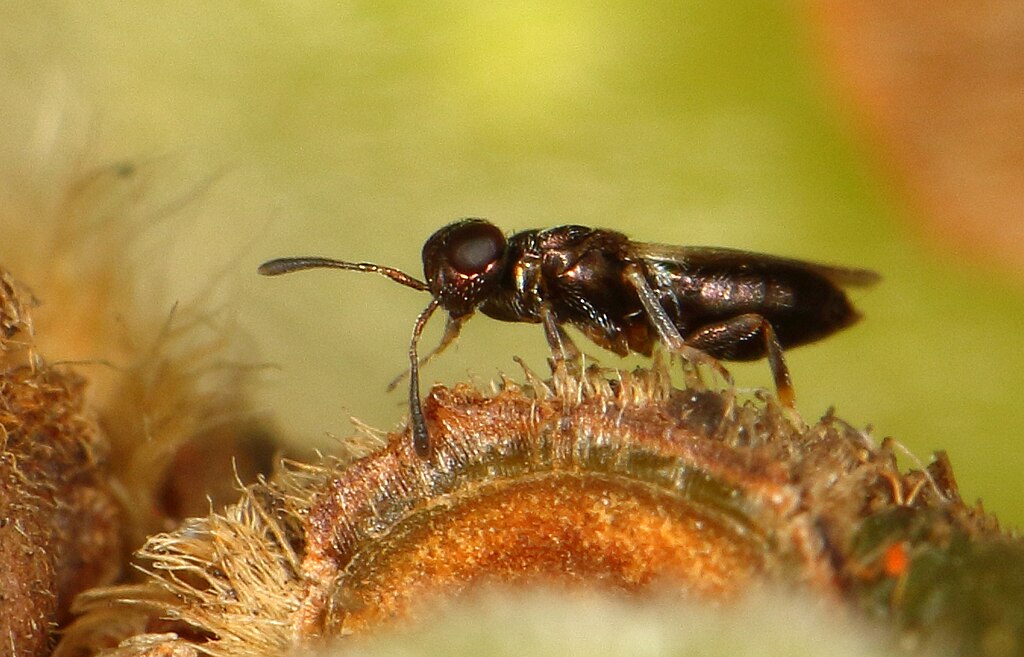
The world of parasitoid wasps reveals nature’s capacity for both beautiful complexity and horrifying brutality. These tiny creatures have perfected a lifestyle that seems designed to fuel nightmares, yet their existence serves crucial ecological functions that benefit entire ecosystems. Their story reminds us that the natural world operates according to rules that are often stranger and more brutal than anything human imagination could devise. Next time you see a caterpillar in your garden, remember – it might already be carrying its own executioners inside, waiting for the right moment to emerge. What does that tell us about the hidden dramas playing out in the world around us every single day?
